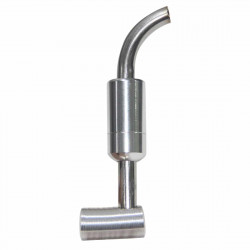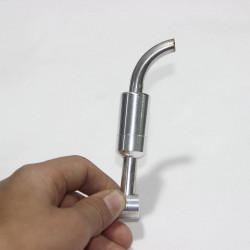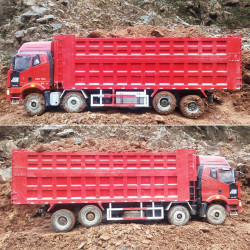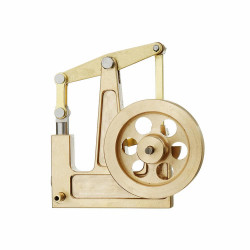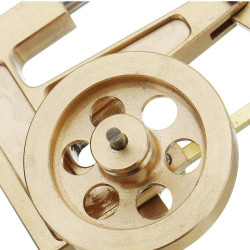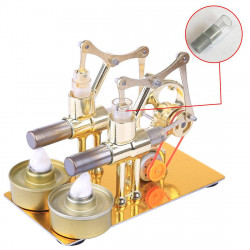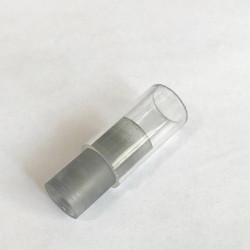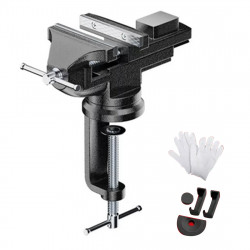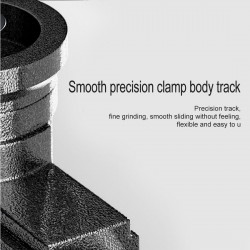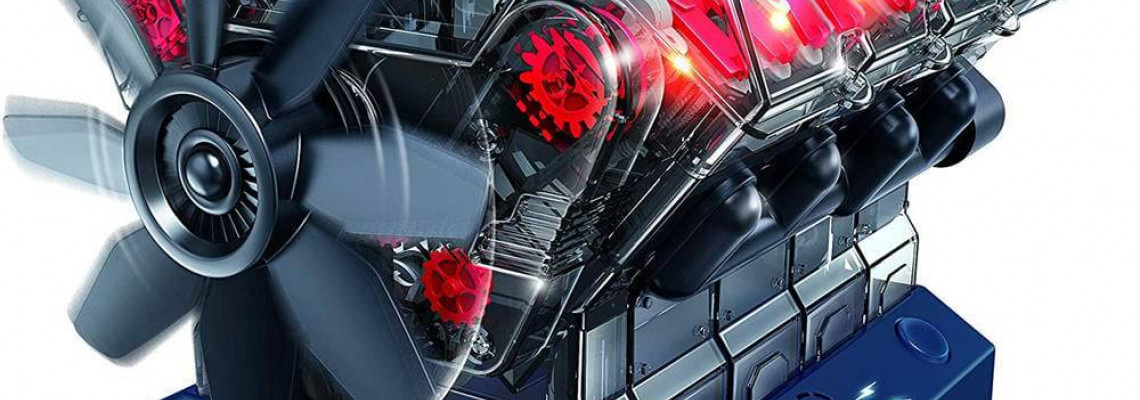
How To Build A Mini V8? - Build Your Engine Model
An eight-cylinder piston engine with two banks of four cylinders arranged in a V shape and sharing a crankshaft is called a V8 engine. The American 1914–1935 Cadillac L-Head engine is regarded as the first automobile V8 engine to be produced in substantial quantities, but the French manufacturer Antoinette created the first known functional V8 engine in 1904. After the Ford Flathead V8 was introduced in 1932, V8 engines became much more prevalent in automobiles.
The V8 engine with a cross-plane crankshaft is a typical setup for big car engines. Because of their huge exterior size, V8 engines are commonly seen in vehicles with a longitudinal engine arrangement and rear-wheel drive (or all-wheel drive). However, V8 engines have also been utilized in transverse engine front-wheel drive vehicles on occasion. To save space, these engines have occasionally used tighter cylinder bank angles and closer cylinder bore spacings.
Being able to observe every movement of the part is the best approach to understanding how a V8 engine operates. Like the genuine thing, every component moves when the crank is turned.
Using high-precision 3D printing technology, this tiny V8 engine (2.5 x 2.4 x 2.2 inches) has rich texture, accurate restoration, and premium quality. The belt wheel winding drive structure, generator, air conditioning compressor, steering pump, water pump, complete output flywheel, layered cylinder head, cylinder head cover, spiral near and far valve intake manifold, oil pan structure, and power supply drive board plug interface are just a few of the many intricate details it has. As the entire bearing structure of the driving portion is realized in the small space, stability and dependability are also taken into consideration, allowing the model to be powered to replicate the operation of the actual engine. Assembling it could take a few hours and a lot of patience, but the process is entertaining and will give you a sense of accomplishment when you're done.
How to construct your engine:
1. Fit the starter and inner belt.
2. Attach the cylinder block to the flywheel component.
3. Put the generator and motor cover in place.
4. Fit the pump wheel component for power steering.
5. Attach the tensioner wheel to the cylinder's front cover.
6. Connect the main cylinder to the cylinder head.
7. Fit the central wheel on the crankshaft.
8. Install the oil pan and compressor.
9. Fit the throttle valve and intake sump.
10. Fit the intake manifold and intake duct.
11. Attach the cylinder block to the air intake component.
12. Put the lid on the cylinder head.
13. Put the gasoline rail in place.
14. Put the drive belt in place.
15. Attach the spark plug connector and ignition coil.
It is unquestionably a good starting point for newbies and interested engine aficionados. The V8 model engine kit, designed for children aged 14 and up, includes dozens of parts, such as crankshafts, pistons, pulleys, belts, pumps, and other components, and replicates a functioning engine. Light-up spark plugs and ignition are likewise components of the smaller-scale V8. Once more, even though it's not an actual automobile engine, it's still an excellent way for someone with little to no experience to learn about engine building. Many remote control car models, such as the AX90104 SCX10II Capra VS4-10 Pro/Ultra and others, are compatible with it. Your RC car will look more distinctive and dominant once you install this engine, and it will also stand out and perform at the top of any competitive car race!
That little thing is fantastic. This miniature model of a vintage four-cycle, eight-cylinder internal combustion engine is a tremendous educational tool in addition to being a fun hobby toy. It allows you to experiment with cranks, pulleys, belts, and exhaust pipes to produce a realistic-looking product and truly instills a sense of respect for the craft of creating miniature engines. In addition to teaching you how the engine operates, the do-it-yourself toy fosters your patience, creativity, and hands-on skills. You are in charge of everything, including assembly and painting! Furthermore, this textured artwork's small size makes it a gorgeous home décor piece. One person or even the entire family can enjoy it!
